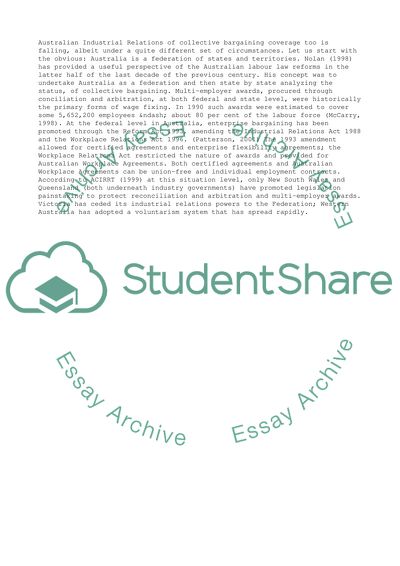Cite this document
(“The Impact of Changes to Financial Management and Organizational Research Paper”, n.d.)
The Impact of Changes to Financial Management and Organizational Research Paper. Retrieved from https://studentshare.org/business/1519059-industrial-relations-essay
The Impact of Changes to Financial Management and Organizational Research Paper. Retrieved from https://studentshare.org/business/1519059-industrial-relations-essay
(The Impact of Changes to Financial Management and Organizational Research Paper)
The Impact of Changes to Financial Management and Organizational Research Paper. https://studentshare.org/business/1519059-industrial-relations-essay.
The Impact of Changes to Financial Management and Organizational Research Paper. https://studentshare.org/business/1519059-industrial-relations-essay.
“The Impact of Changes to Financial Management and Organizational Research Paper”, n.d. https://studentshare.org/business/1519059-industrial-relations-essay.


